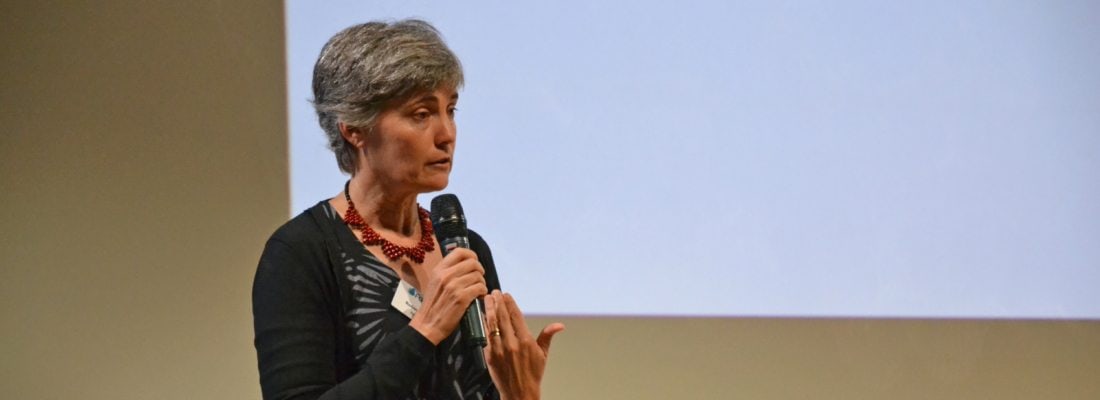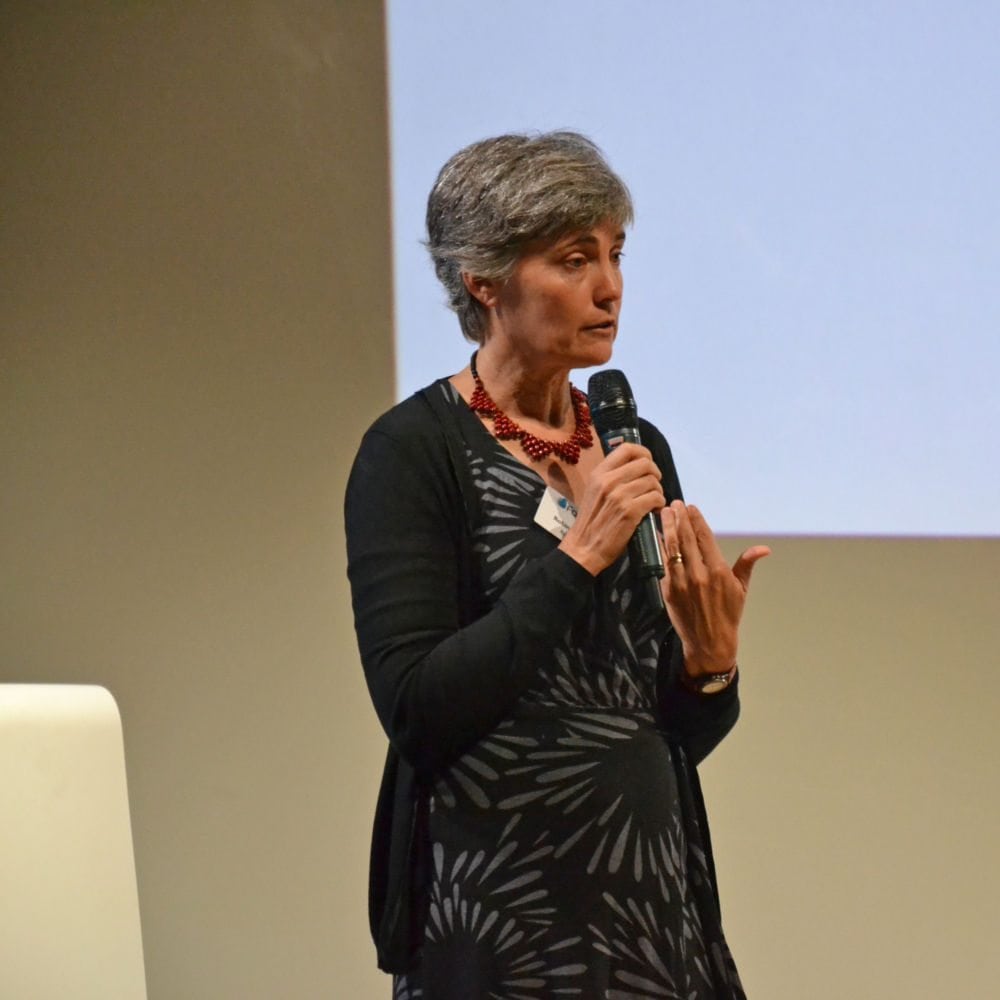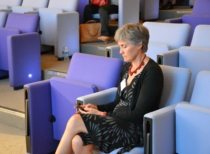Keynote Speeches
Zipcar succeeds because it created a platform for the sharing of excess capacity (idle car hours), which reduced costs for everyone who uses the asset. By taking a closer look at the anatomy of sharing (personal, institutional, web 2.0) and dimensions of the assets (physical, digital, temporal, synergistic, collaborative) Robin Chase explains how to turn perceptions of scarcity (and cost centers) into a reality of abundance (and profit, innovation centers).
The strength and resilience of meadows are derived from their diversity, ability to evolve, and collaboration within the system. In highly dynamic environments characterized by uncertainty about the future, we need to reduce risk and increase the likelihood of survival. The key is to ensure that institutions (and governments) have laid the foundations that foster experimentation, permit learning, and ultimately evolution of successful new businesses that take advantage of unexploited openings (where there is excess capacity) in the ecosystem. In economics, we call these randomized field experiments. Creating more meadows is an important risk reduction and innovation strategy.
The online web 2.0 phenomenon of collaborative production is much loved because of its speed and scalability. Zipcar is an example of collaborative consumption, financing, and infrastructure (a distributed nationwide fleet in existence because of the aggregated demands of its members). Reconceptualizing what it means to collaborate offers an intriguing new way to think about infrastructure investment. What does it mean to create platforms to enable participation?
The future of transportation is urban and multi-modal. Picture cities with one-tenth the cars! We’ll choose and move seamlessly using different types of transportation for each and every trip, with an explosion of both public and private offerings. And not too far into the future, autonomous vehicles will change everything; they could be the ultimate in public transportation and wreak havoc with employment.
People-Powered Innovation
Innovation is a country’s lifeblood. Imagine if our lives stayed exactly the same! On the other hand, people hate change because they can’t quite see the future; it can be unnerving. And big companies and governments (who occasionally respond to their constituents who like the status quo) are not that easy to change. By enabling innovation – 1) creating a culture of innovation and entrepreneurship; 2) reducing barriers and costs to experimentation; and 3) reducing the costs of the innovation inputs – government can make it possible for people to do the changing themselves. In this talk, Robin Chase – founder of car-sharing service Zipcar – discusses people-powered innovation.
Innovation is a country’s lifeblood. Imagine if our lives stayed exactly the same! On the other hand, people hate change because they can’t quite see the future; it can be unnerving. And big companies and governments (who occasionally respond to their constituents who like the status quo) are not that easy to change. By enabling innovation – 1) creating a culture of innovation and entrepreneurship; 2) reducing barriers and costs to experimentation; and 3) reducing the costs of the innovation inputs – government can make it possible for people to do the changing themselves. In this talk, Robin Chase – founder of car-sharing service Zipcar – discusses people-powered innovation.








Similar
Speakers